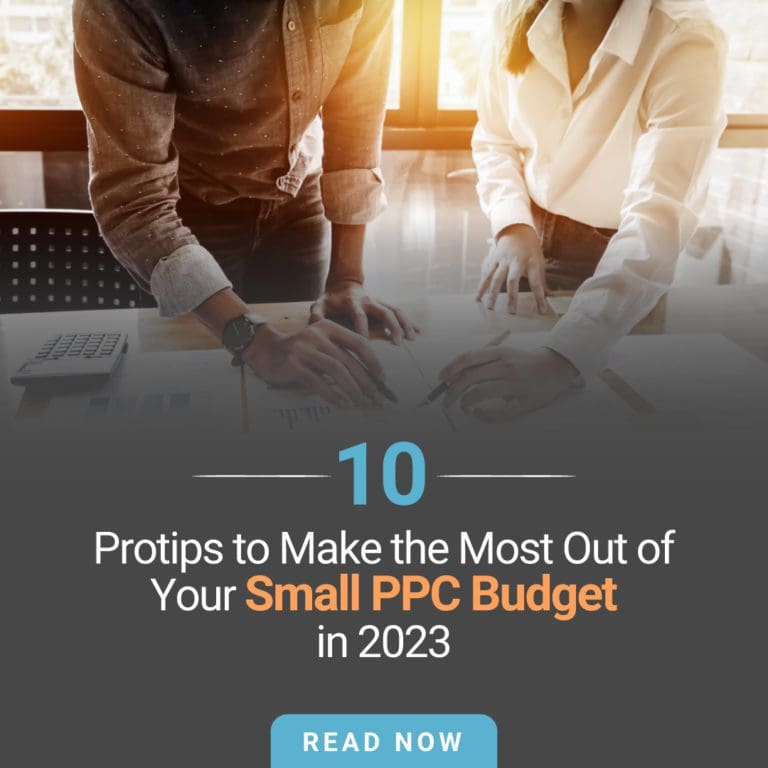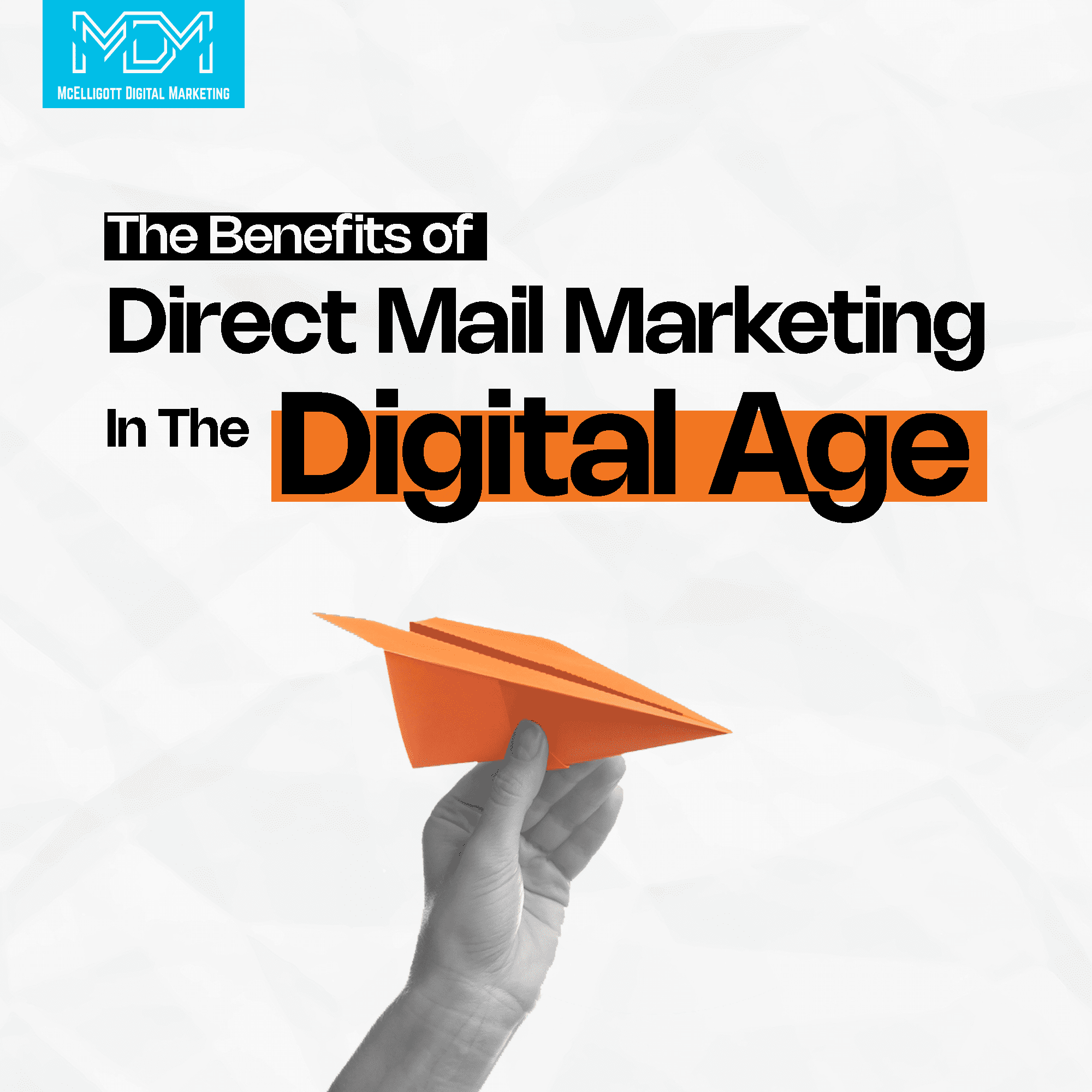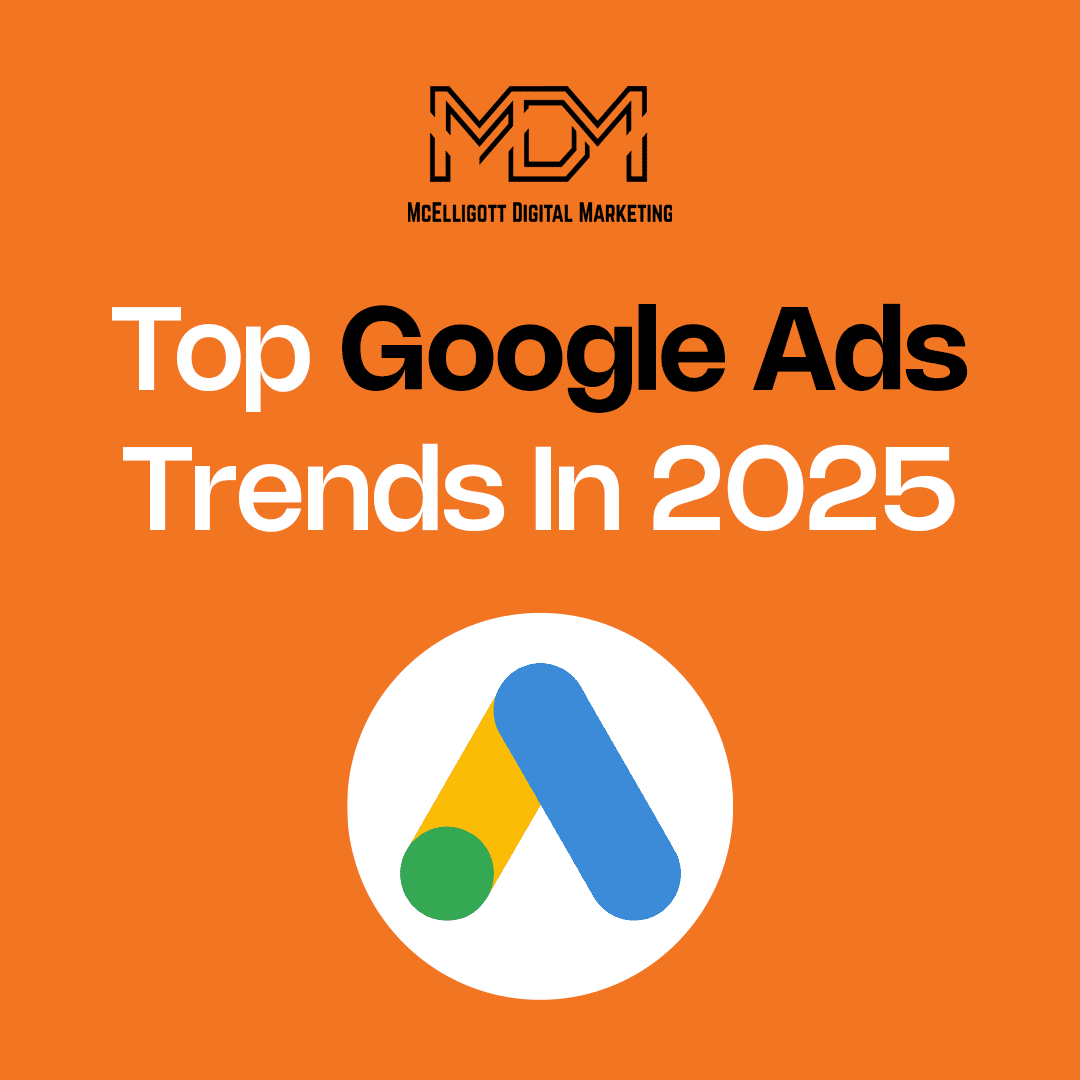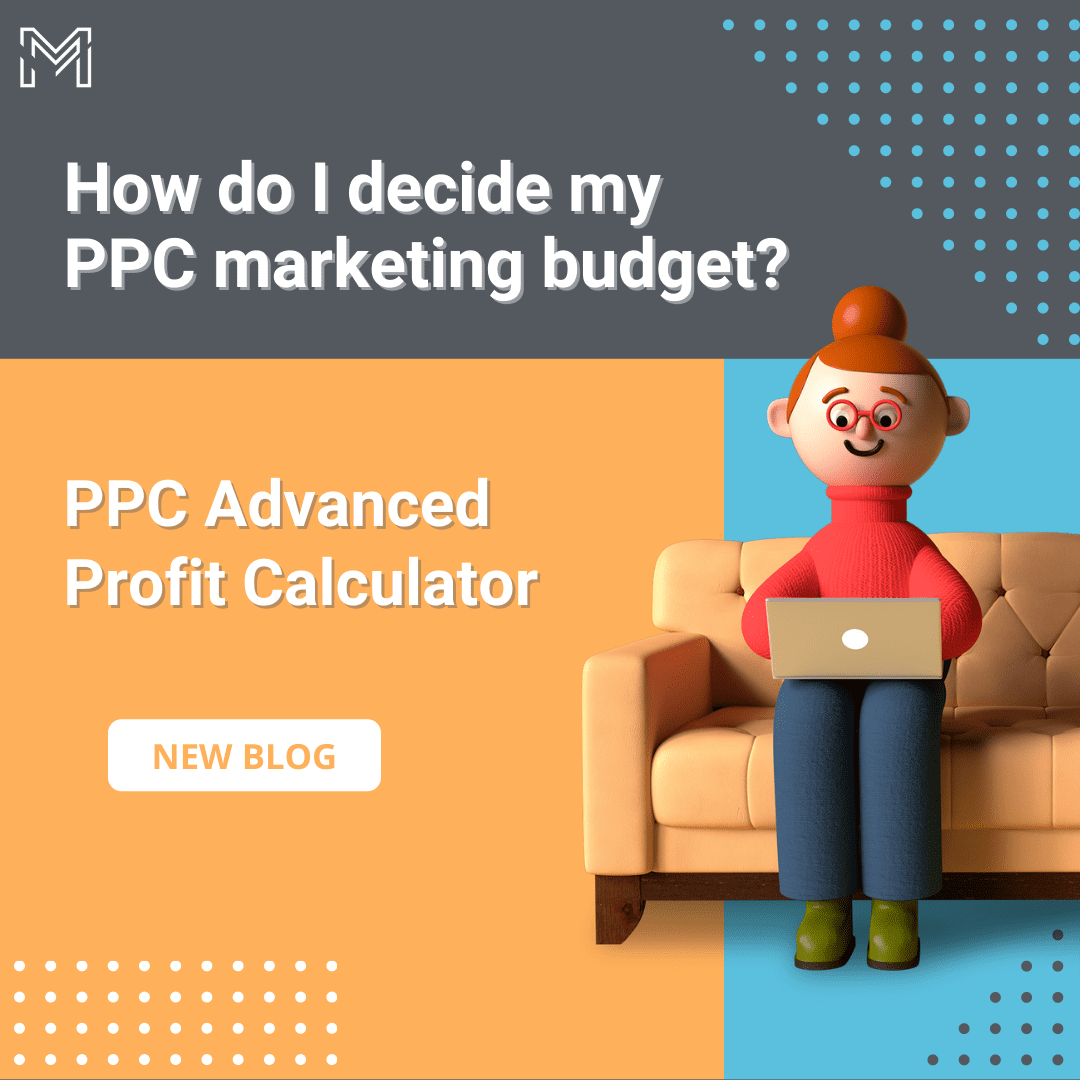Running on a tight advertising budget and wondering if you’ll still see the results?
It’s challenging, yes, but not impossible.
This is the challenge faced by many small businesses, especially when they’ve just started with pay-per-click advertising.
But this fact might come as a bit surprising to you that even companies with a massive PPC budget don’t always see successful results.
To improve traffic, drive conversion rates, and generate sales for your small business, you need to pay attention to a few key factors.
In this article, we’re going to cover the strategies that you need to adopt to turn the odds in your favor.
By the time you finish reading this post, you’ll be more confident about how to earn a return even with a low pay-per-click spend.
Low-budget PPC Tips for Better Results
1. Pick a clear goal for your campaign
You heard it right. Don’t set too many campaign goals if you’re running on a tight budget. Be upfront and say that’s all you can currently afford on your limited budget.
Some common goals for your campaign can be:
- Brand awareness
- Repeat sales
- Product and brand consideration
- Sales
- Leads
Having only one objective for your campaign may seem pointless because you probably have several goals for the expansion of your firm, but know that it’s a good place to start.
With a clear objective, you can concentrate intensely on your keywords, ad text, landing page messaging, and, most importantly, your campaign results.
A clear goal will work in your favor, as when you start seeing the results from your campaign, it will further allow you to expand your budget.
When beginning a pay-per-click campaign, preparation is key. The first step is to outline your goals because having a predetermined target for your paid search campaign will assist you in avoiding overspending and racking up unforeseen additional charges on your ads.
So, to begin with, set it clear what you’re aiming to achieve with your campaigns and the way you’re planning on accomplishing it.
2. Set your budget
Setting a budget is one of the most important things you should do before beginning a PPC campaign. How much can you be willing to spend each month on advertising?
Suppose you have a $3000 monthly spending limit. Determining your daily budget after deciding on the monthly budget is your next step. In this instance, the entire account must pay $100 every day.
Knowing your daily budget is crucial since it will help you decide on the number of campaigns you can run because that $100 is going to be divided up between the campaigns.
But you have to be aware of the fact that, occasionally, Google ads may cost more than your daily budget to get the best results. That’s why you should keep an eye on the amount to make sure it stays within your monthly spending cap.
3. Target local customers with geo-targeting
In addition to being an essential component of your marketing plan, geo targeting helps you manage your campaigns extremely well if you’re operating on a low-cash budget.
Concentrating your budget on the most important target locations is a smart move to make the most of a tight budget. With geo targeting, you’re able to target states, cities, ZIP codes, or even combinations of these.
However, targeting specific locations means low traffic as well because your ad viewership is restricted to an area. So you have to find the right balance between relevance and your budget.
To avoid draining your money, you can add negative locations, that is, the places where you do not do business.
4. Keyword research
Thorough keyword research gives you the best avenue to reach your target audience.
You can use the Google Keyword Planner, an easy-to-use and powerful tool, to assist you to identify search terms and keywords that show market intent as well as negative keywords that do not embody a commercial intent.
Let’s take it as if you’re on a tight budget, going after keywords that show business intent and avoiding negative phrases is a good choice for your business. You’re likely to obtain the best return when targeting these keywords because they are frequently recognized as having high conversion rates.
Make sure to select the “Exact Match” keyword type when entering your keywords or negative keywords into ads so that you only bid on the keywords you have chosen for your campaign and not any variations.
Go after only a few keywords when choosing them.
Keep in mind that you must remain focused on a few select keywords. Since you’re on a tight budget, 5-7 high-value keywords should be plenty to start your campaign. Use negative keywords to help you reduce your everyday spending.
A keyword list must be comprehensive, useful, and dynamic. While keeping the most popular keywords in your list is important to resonate with your target audience.
But for specific targeting of your audience, use long-tail keywords as well.
5. Schedule your ads
By showing your ads only on specific days and at specific times of the day, ad scheduling also helps in budget management.
Setting your ads to run only while you are open is also feasible if your business is open only during certain hours of the day.
While online retailers are available 24/7, it may be a good idea to analyze reporting to see if there are certain hours of the day that have a negative ROI.
You can ask your ad manager to reduce targeting to certain locations or use a location bid modifier to restrict ad serving in those areas if the reporting suggests times of the day when campaigns don’t give the results instead simply eat your budget.
6. Run call-only campaigns
Creating landing pages and conducting tests and collecting data for different versions may be challenging for some businesses that already have a low-cash budget.
In this case, if calls from prospects are important to your small business, you launch a call-only campaign.
7. Remarket your ads
If a prospect has shown interest by going through your site, you can use remarketing to increase the number of times you engage with a prospect and convince them to buy.
You can attract prospects to return to your website yet again until they purchase by presenting them with a variety of your products they were considering the last time they visited. You can remind your prospects of the goods in their basket that they neglected to check out by remarketing.
You can remarket to your audience based on:
- Visiting the checkout process
- The product page last visited by a user
- Demographics of the user
- Time of visit
- Location
- Number of pages visited by a user on your site
- Pages not visited by a user, for example, a confirmation page
If you remarket on Display Network, you can see some good results even for a less costly CPC.
8. Use Ad-extensions
If you have previously heard of Ad- extensions, you know, they offer more details that can sway consumers’ opinions and encourage them to act right away from the search results.
Site links, phone numbers, reviews, and rating systems that you might have seen accompanying an ad on Google Search results are a few examples of ad extensions.
Ad extensions are essential for optimizing the budget for your pay-per-click campaign. Ad extensions can make your advertising more noticeable through the extra information, boost click-through rates, and enhance paid search ad performance, all of which can help you get the best possible results from your campaign.
9. Focus on your landing pages
Without targeted and conversion-centered landing pages, everything is a waste.
A good landing page is decided based on relevance, the uniqueness of content, user transparency, and ease of navigation. Not only do users find it compelling but such landing pages are favorable to Google also.
You simply can’t hope to drive conversions from poorly built or outdated landing pages.
If you don’t have a web development staff and you decide to do everything on your own, this can be an issue for you. However, you can always consider call-only campaigns if you find creating landing pages challenging for you.
10. Set up tracking
If you’re wondering why we didn’t mention such an important strategy earlier, well, we want you to remember this crucial point while you finish reading this article.
Tracking the results and focusing on data is one of the most important parts of optimizing your Google Ads campaigns.
You can figure out what works and doesn’t for your target market by tracking the performance of your campaigns in comparison to benchmarks. Then, you can make adjustments to your ads, enhance your ad copy, and refocus your attention on other elements of your campaign that require improvement based on the insights you receive from tracking.
The following are some of the most crucial performance metrics to pay attention to –
- CPC or cost-per-click
- Quality Score
- Total price
- CTR or click-through-rate
- CPC or cost per conversion
Still looking for the right PPC agency?
If yours is a small business and you’re looking to set up highly-effective PPC campaigns on a tight budget?
Our PPC experts have made it happen for others, and we can make it happen for you too!
Book a call with us at 833-772-4897 for a free consultation.





